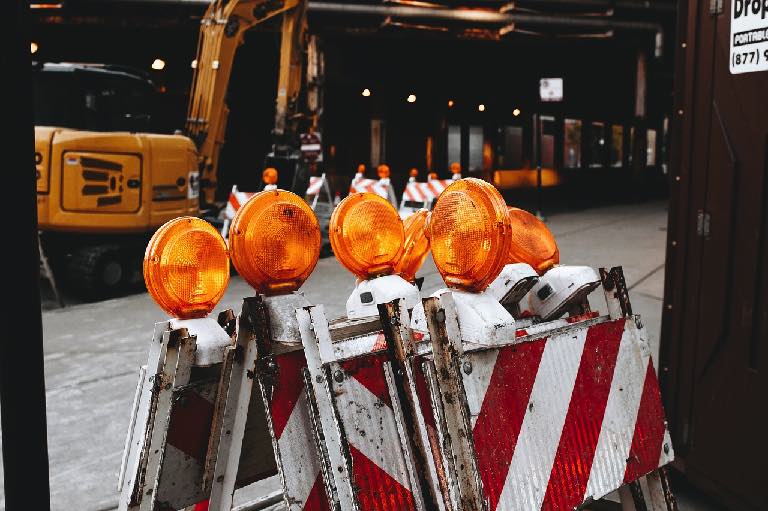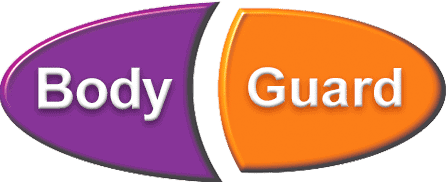Between July 2014 and July 2016 in NSW, 1355 workers were injured in forklift accidents. Three of these accidents resulted in death.
The injuries and fatalities cost the NSW workers compensation system more than $30.5 million. In response, SafeWork NSW has decided to tackle this ongoing issue by launching a forklift safety blitz.
From March 2018 onwards, safety inspectors from SafeWork NSW will be visiting businesses around the state randomly and unannounced.
The purpose of their visit will be to double check if your business is meeting safety and licensing laws.
SafeWork NSW is NOT fooling around
In 2017, SafeWork NSW prosecuted and fined four businesses a total sum of $835,000. The forklift safety blitz isn’t a joke.
As a business owner, you already know how damaging accidents are to your business. But a fine from SafeWork NSW in the hundreds of thousands could cripple your business and see you shut down for good.
If SafeWork’s blitz has you concerned about your business’ safety standards and your workers, the tips below should help you get back on track.
Make sure your forklift operators have current and valid licences
You’d be surprised how many forklift operators drive without a license.
As the owner of your business, it’s your responsibility to identify those who have slipped through the administrative cracks.
Be sure to check that all of your forklift operators are at least 18 years of age and have successfully completed a training course with a registered training organisation.
To drive a forklift, they must have either one of the two classes of forklift license as per SafeWork NSW regulations:
- Class LF – a forklift truck equipped with a mast and an elevating load carriage with a pair of fork arms or other attachment
- Class LO – an order picking forklift truck where the operator’s control elevates with the load carriage/lifting media
If any of your workers don’t have licenses, STOP them from working and send them to training immediately.
Devise a traffic management plan
Large, dangerous vehicles and pedestrians are like oil and water. They don’t mix.
Your new traffic management plan should see your pedestrians and large, dangerous vehicles separated from each other.

One of the simplest ways to create separations is to use large, bright, easy-to-read signage. The signage should tell workers where your ‘no go’ zones, pedestrian walkways and LUEZ (loading unloading exclusion) zones are.
If you’re doubtful that workers or visitors aren’t aware of onsite safety protocols, make sure they get some traffic management and site safety training right away.
Use a safety device like the i-Tag Proximity Warning System
There are many kinds of safety devices used on worksites.
But if you’re looking for a solution that will help you keep your people out of harm’s way, you may want to consider our i-Tag Proximity Warning System.
The System sees a sensor unit attached to your forklift or other large vehicles and tags are worn by all pedestrians onsite.
In the case a vehicle moves too close to a pedestrian worker, an alarm sounds off to the driver to let them know to hit the brakes.
Find out more about the i-Tag Proximity Warning System here.
Want to stay out of trouble from Safe Work NSW’s forklift safety blitz?
The safety inspectors are coming. If you’re feeling confident your business will pass with flying colours, that’s fantastic.
But if you’re not, start with our tips and implement the use of i-Tag Proximity Warning Systems onsite.
If you would like more information about our product, get in touch with us via our contact page or give us a call on +61 (2) 4355 4554
Preliminary consultation is free of charge.
